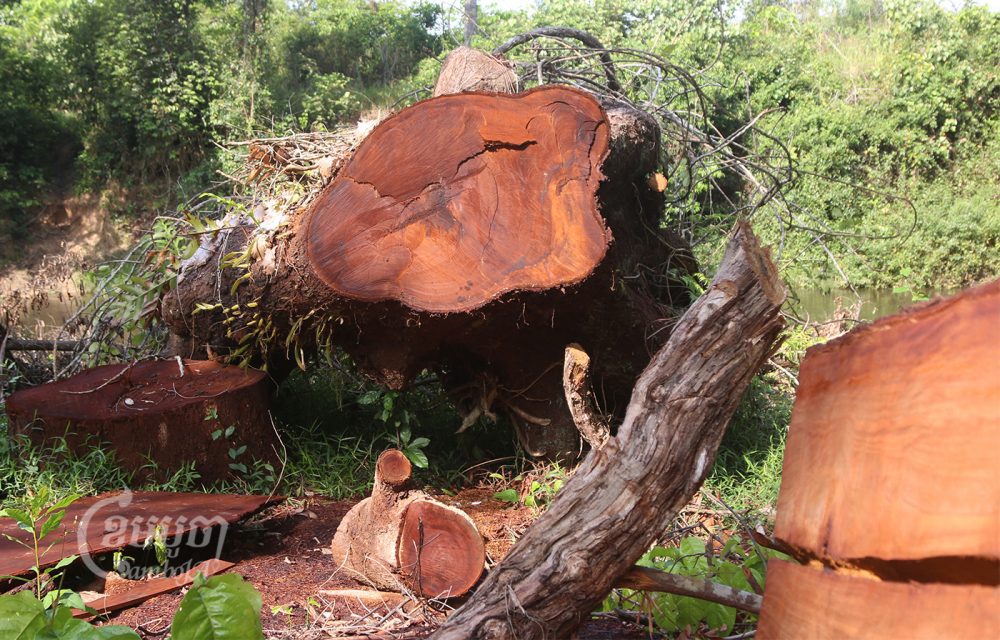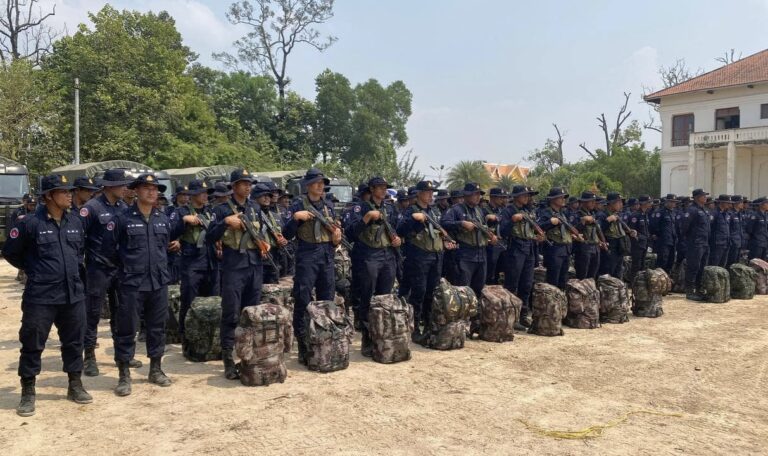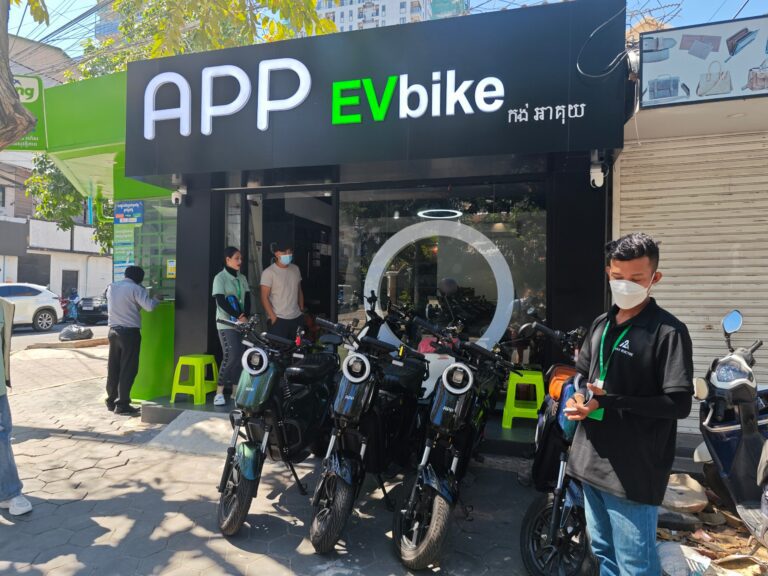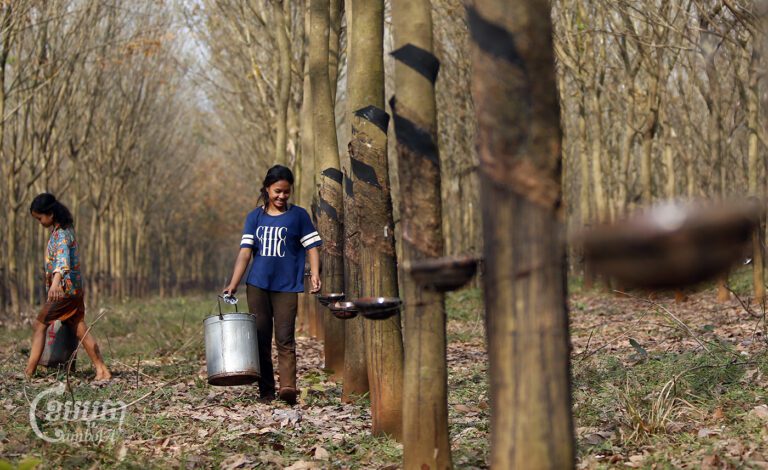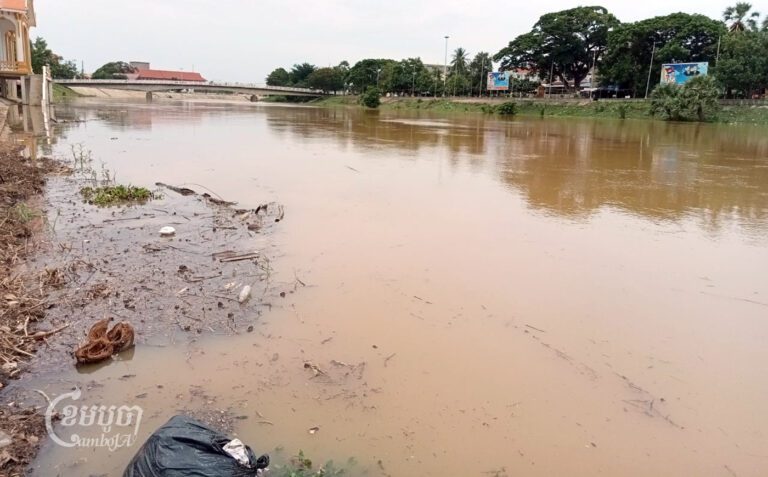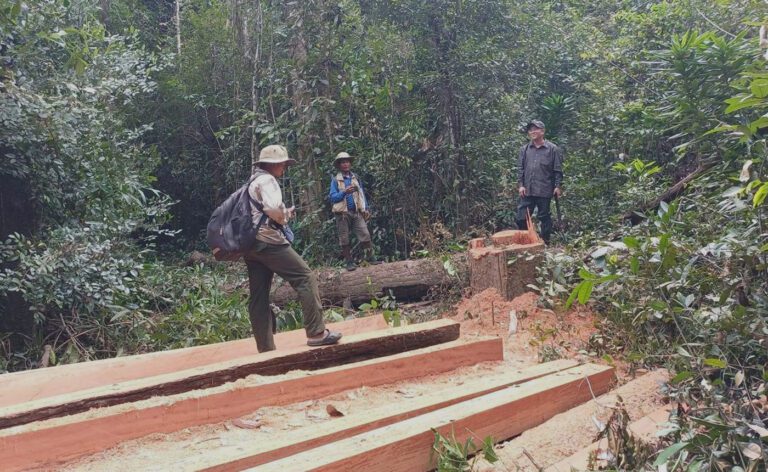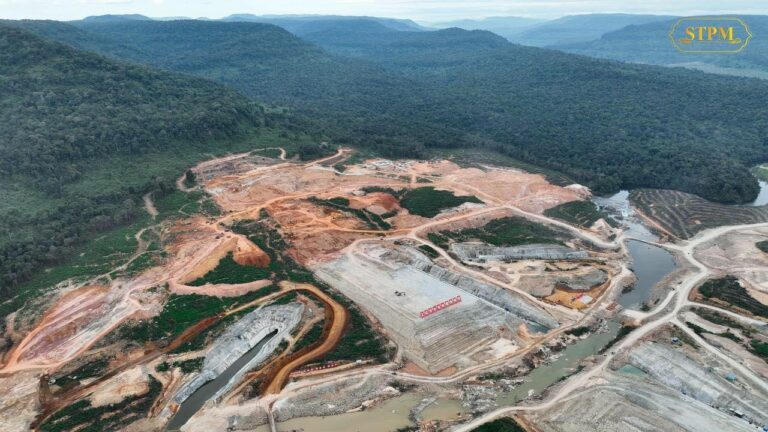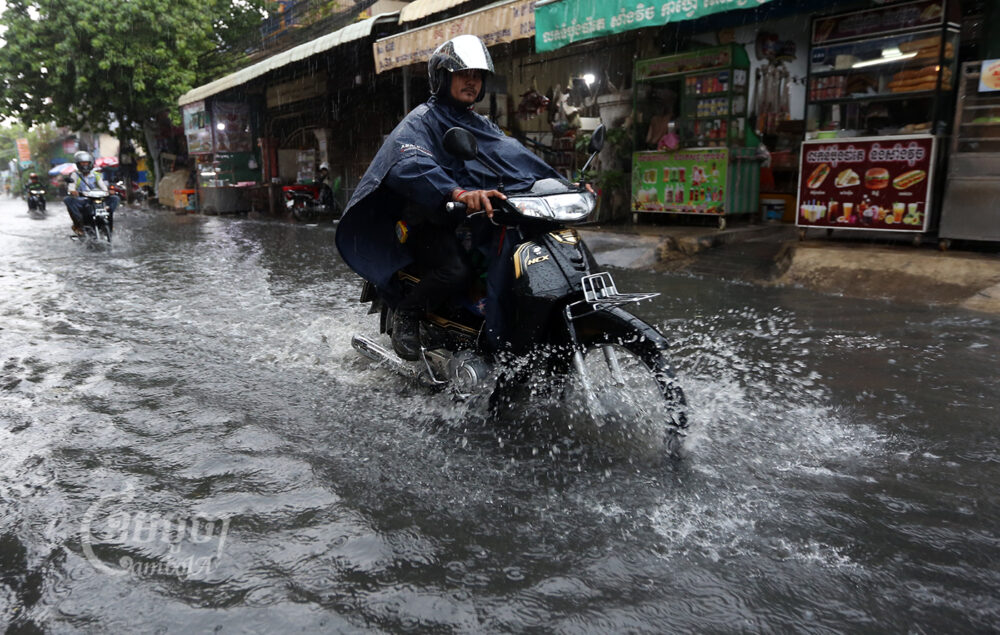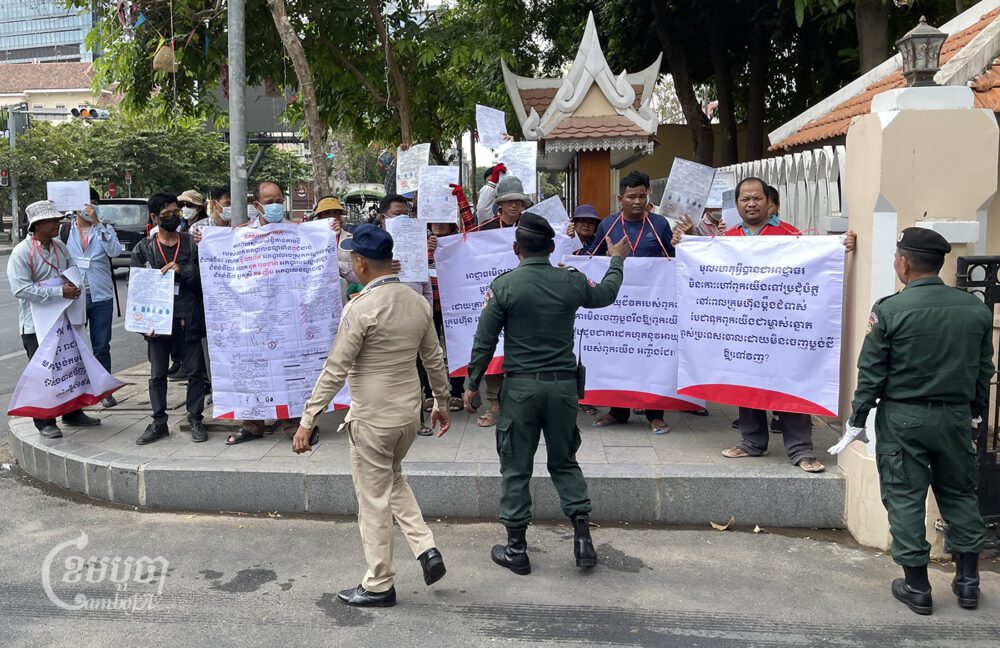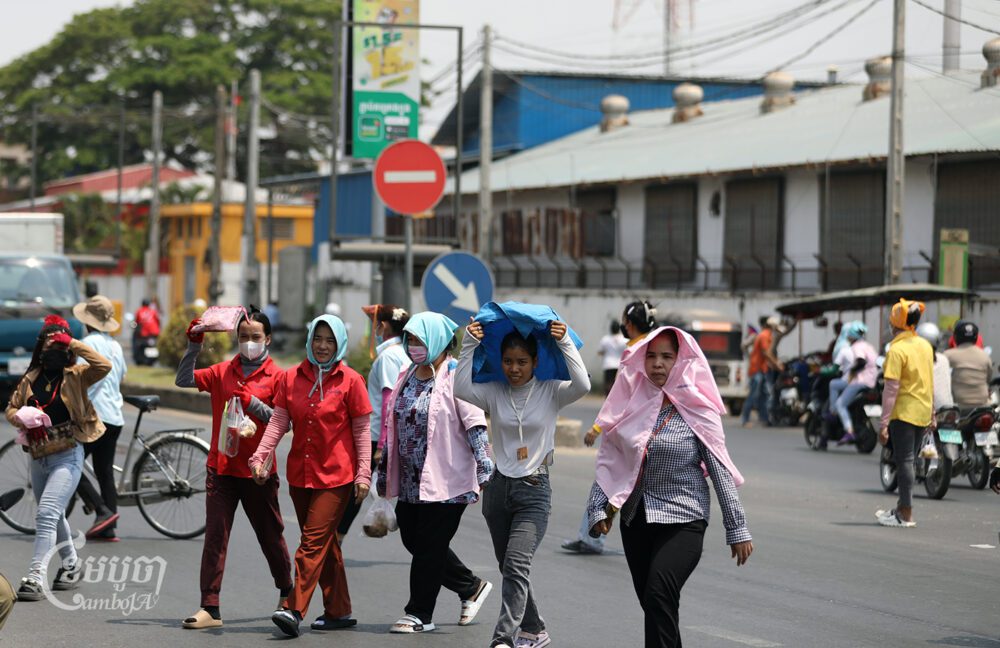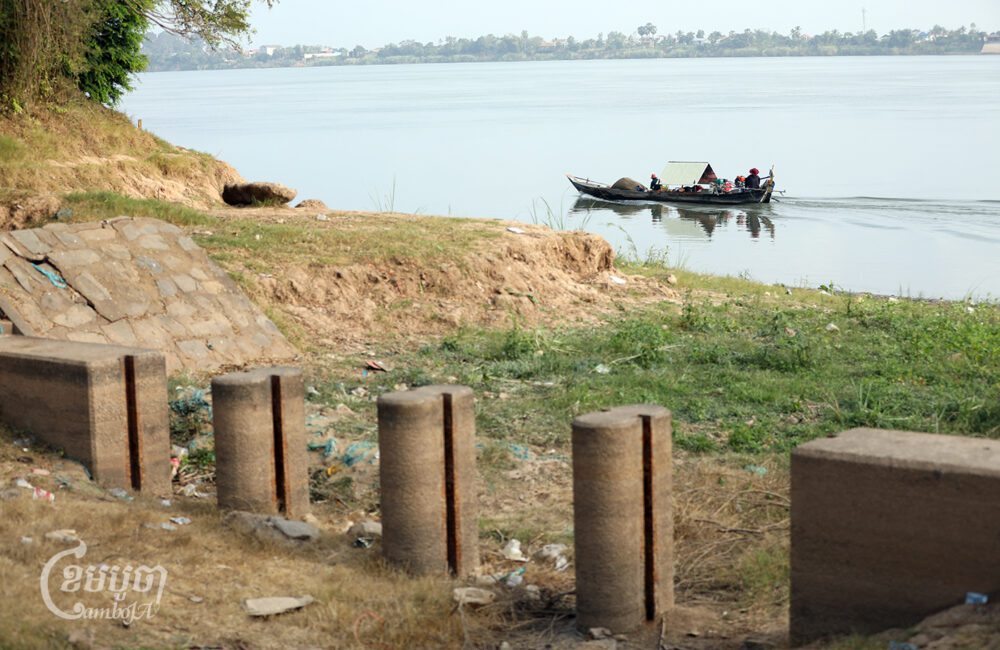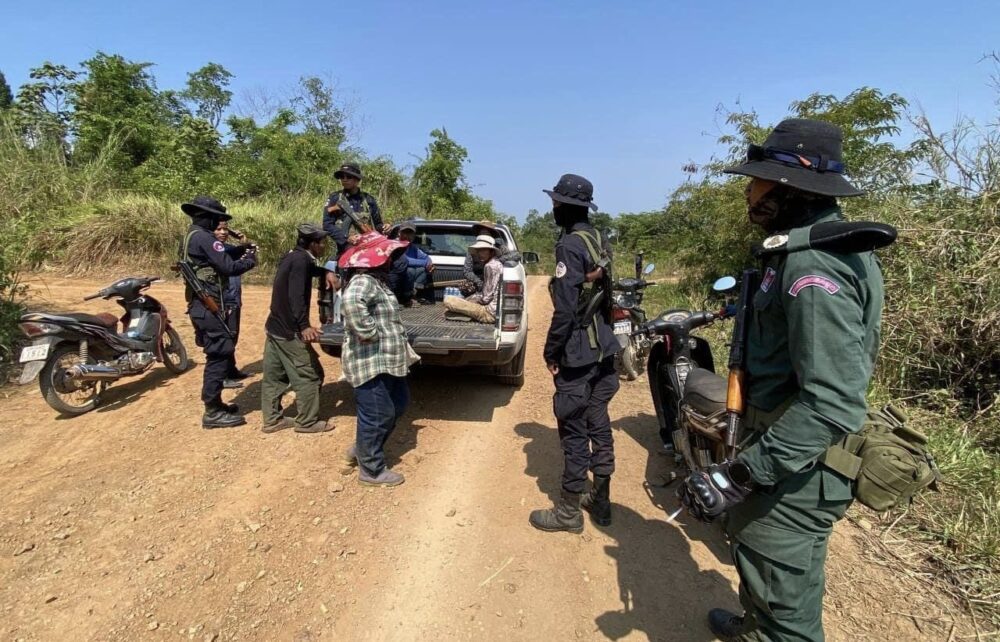Areng, an ecotourism site in Koh Kong’s Thmor Bang district, is being threatened by logging.
Hing Pov, an indigenous Chorng and vice president of ecotourism in Areng, said that its big trees – the Hopea odorata – are being cut down and floated along the Areng river before being transported by trucks to villages, where buyers wait.
He said the illegal logging activities have happened at all times of day and night without any intervention from the local authorities. In fact, he claimed that they have left the door open for log traders.
“Local authorities bring the traders in to buy the logs and they get the money. When rangers and conservation organizations patrol, they call the loggers to stop their activities, which makes it difficult for us to prevent,” he added.
He also said that in his community, there are people who do not understand the value of the forest, so they cut down trees following the orders of the traders. He said that if the authorities were to take action against the traders, the local people would not cut down trees anymore as they would not have an avenue to sell them.
“They do not understand the value of the forest, and they are poor, so they log for living. If we can prevent the buyers then there will be no loggers, or there will be just a few cases for family use only,” he said.
Areng is located in Koh Kong’s Thmor Bang district, where there are 1,712 people living within three communes: Thmor Daunpov, Chom Nab, and Bralay.
Pov is concerned that continued illegal logging would affect the livelihood of the next generation, as the area’s ecotourism prospects would be impacted. He said that where before there were thick forests, the numbers of trees have decreased – especially high-quality wood, which can cost 300 dollars per cubic meter. He also said that the latex from logged trees, when transported downriver, could poison the fish.”

Tin Chan, a Chom Nab commune council member, said that during January and February, he saw that many trees along the Areng river bank had been cut. “Before, I frequently patrolled the forest and reported to the commune level. But now, I have not patrolled,” he said.
He said forest rangers had also patrolled the area but did not find or arrest any loggers, though they seized chainsaws. “Some trucks also drove into the village, but we do not know what they transported,” he said.
Hun Vannak, an activist from the Khmer Thavarak youth movement advocating against social injustices and environment issues, said that illegal logging is nothing new, and happens in every province where there are a lot of forests, especially Areng.
“I have observed recently that there is no concrete mechanism for preventing illegal logging. And in Areng, the main reason is the neglect of rangers and the Wildlife Alliance organization,” he said.
He added that trucks had been seen driving into the villages to transport wood. On 28 February, he and his team had stopped a truck loaded with wood in Bralay commune.
“It is apparently the relevant institutes that open the door to those traders or take a bribe from them to transport illegal wood out,” he said.
According to Vannak, he directly observed loggers cutting down big trees and saw that some of them were local villagers hired by the traders.
“We have been patrolling three times and found out that those loggers cut big trees first, so the trees with decades of age will disappear and that will affect the forest cover and the biodiversity in the river, because those big trees grow along the river bank,” he said.
Vannak claims that one wood trader is a powerful guy in the military service of Koh Kong who has been trading illegal logs for years, since road access through Areng has opened up in recent years.
However, Vannak hopes that the government will have concrete solutions to resolve this issue, especially in allowing an open space for civil society, youth, and environmental activists to disseminate information to the local community on the importance of the forest and the laws that can protect them.
Hun Marady, director of the Koh Kong environmental department, rejected the claims of Vannak and the local villagers.
“For this case, my officials have investigated the site and they are old cases with old pictures. I do not accept your questions.”
He also said that in Areng, there are a few cases where the government has given land to local communities and allowed them rights to use the land for their own subsistence.
“In some areas, local people cut a few trees for their family use, such as building houses. There is no illegal logging for export,” he said.

Though youth groups and local villagers have seen trucks transporting logs in the daytime, Marady claimed that rangers have patrolled the forest regularly with local authorities. He also said that his department will carry out more investigations.
CamboJA tried but was unable to reach Wildlife Alliance officials in charge of environmental protection.
Tho Chandara, Cambodian Human Rights and Development Association (Adhoc) provincial coordinator at Koh Kong, said that illegal logging and wood exporting is the fault of the authorities who leave the way open for loggers to cut down trees, and that they only take action on the common people.
“Rangers and the Wildlife Alliance are working hard only to seize cooking wood from villagers, but they never catch the big cases of illegal logging, or they may cooperate for money,” Dara said.
According to a Ministry of Environment spokesperson in 2021, rangers have cracked down on illegal logging in about 8,600 cases, seizing about 5,000 chainsaws and sending to court 800 cases.
According to an Amnesty International report, Cambodia has one of the highest rates of deforestation in the world over the past few decades, having lost about 64 percent of its forest cover since 2011.


